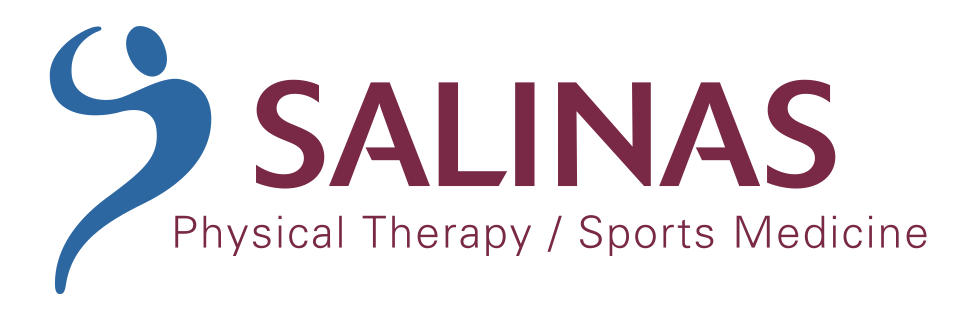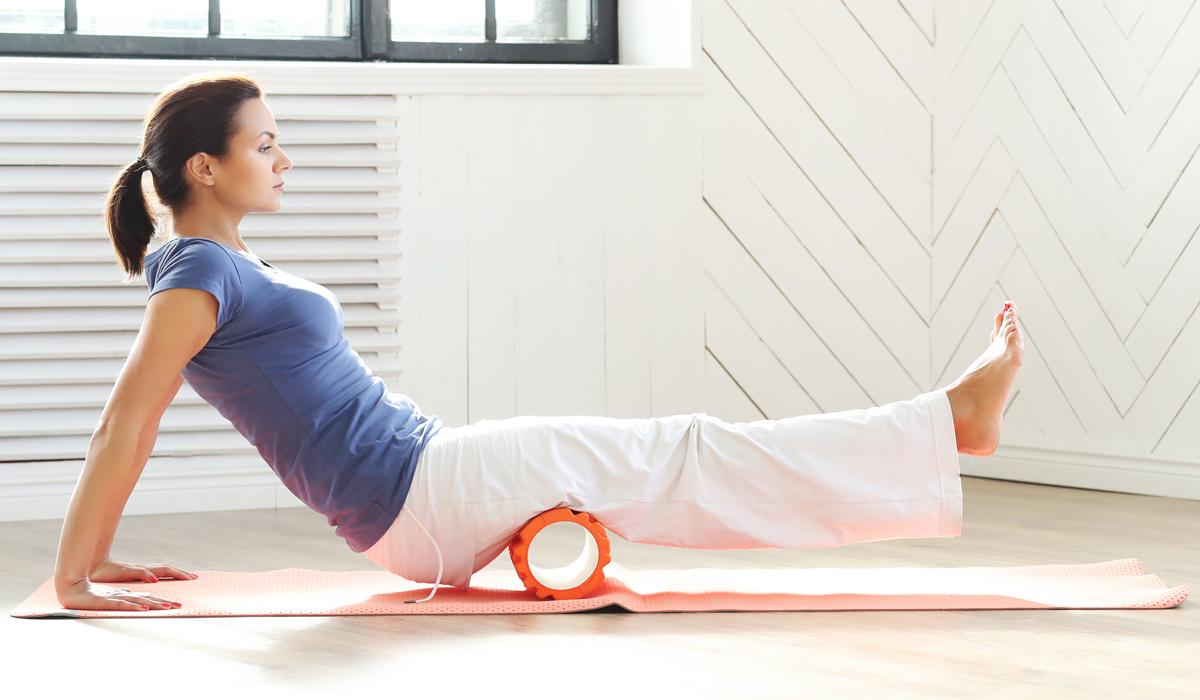Phone: (714) 695-1566
Fax: (714) 695-1553
Email: info@salinaspt.com
23655 Via Del Rio, Suite C
Yorba Linda, CA 92887

Phone: (714) 695-1566
Fax: (714) 695-1553
Email: info@salinaspt.com
23655 Via Del Rio, Suite C
Yorba Linda, CA 92887

Walk into most fitness stores, athletic retailers or gyms, and you’ll see them selling different versions of colorful, cylindrical items of various sizes and thicknesses, all covered in firm, textured foam.
The items are called foam rollers, and according to physical therapists, there’s a reason why they’ve become such a popular item in the athletic and fitness world.
Foam rollers can provide relief to tender and sore muscles both before and after workouts, offering a simple element of manual therapy that can boast a number of benefits. When used properly, foam rollers can improve flexibility and help in recovery and performance.
Foam roller exercises are done in 20- to 30-second increments during which a person slowly rolls various areas of her or his body over the foam cylinder, using natural body weight to apply firm pressure onto the muscles.
As tools of the fitness trade, foam rollers essentially provide a deep tissue massage that a patient can perform themselves. By slowly rolling against tender or stiff muscles, you can achieve myofascial release, easing pain and tension.
Multiple studies support the legitimacy of the claims. For instance, a 2015 study published in the International Journal of Sports Physical Therapy showed that foam rolling exercise significantly improved muscle tenderness in patients, as well as improved stamina and fatigue resistance in the same patients post-treatment.
The regular and safe use of foam rollers allow a person to:
Relieve Muscle Stiffness & Tension: By gently and slowly massaging one muscle group at a time, foam rollers can help relieve tension pre- or post-workout, allowing patients to recover quicker. If you spend a large amount of time sitting, either in the office, at home or in a car, muscle stiffness can be a common occurrence. Focused foam rolling exercises can help relieve this stiffness and tension, as well.
Improve Flexibility and Range of Motion: Stretching and flexibility exercises can be performed with a much wider range of motion following regular foam roller use, allowing a person to adjust to new exercises and improve upon their performance with each session.
Improve Posture: Regular foam rolling can help flatten out rounded shoulders, realign your spine, even out muscle imbalances, and strengthen your core muscles, which will help you stand taller and avoid unnecessary pressure on your spine.
Reduce Chronic Pain: Although foam rolling alone cannot repair or heal chronic back pain, it can provide some measure of relief. Regular foam rolling exercises focused on the back can help sooth inflammation, release painful knots, and prevent some discomfort.
Take note that foam rolling is not an at-home treatment for pain and injury and should never be used in lieu of visiting a physical therapist or other medical professional.
If you have any questions about how to properly use a foam roller to achieve specific goals related to relief, recovery, improving range of motion or improving performance, see a physical therapist. Following a full movement assessment, a physical therapist will help you come up with exercises customized specifically for you, your goals and your limitations.